
Before, Labrador Park was pretty backward, but will all the newly upgraded facilities, plus the upcoming completion of the Labrador Park MRT station, it had become a popular place.
Says STOMPer Henry, who'll like to share this lovely picture of the Park:
"Recently, I went to Labrador Park and noticed it had great changes compared to when I first visited it years ago.
"Many facilities had been built. At that time there was, a great difference between the East Coast Park and Labrador Park. Labrador Park used to be quite backward.
"With the future completion of the Labrador MRT, making access easier.
"Greater and more interesting developments will be made around it.
"Will it be a rival towards the East Coast Park one of these days?"
I for one hope that Labrador Park never becomes another East Coast Park.
Henry here might not realise that Labrador Park is a very important place; it is classified as a nature reserve, and contains a number of coastal habitats that are heavily threatened by development.
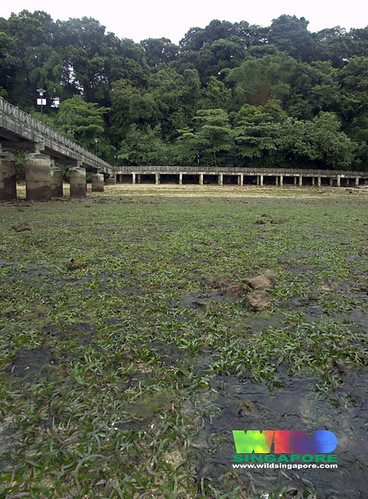
(Photos by Ria)
Such as extensive seagrass meadows.
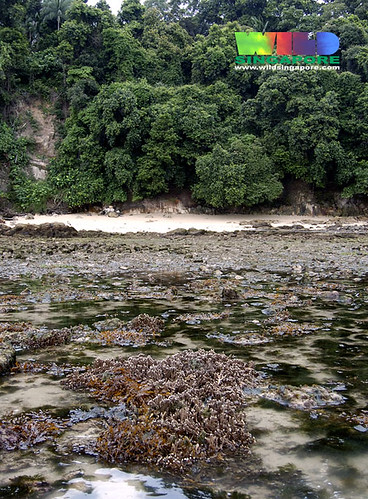
One of the last mainland reefs found in Singapore.

Coastal forests.
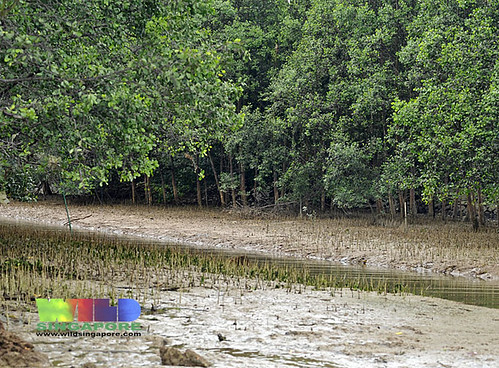
Not to mention mangroves at Berlayar Creek, on the other end of Labrador Park.
Unfortunately, the shores of Labrador are under a lot of pressure.
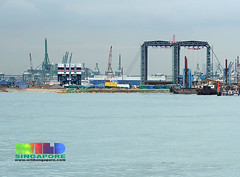
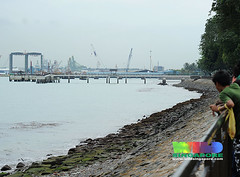
There's plenty of reclamation and construction work going on just next to Labrador Park, due to expansion of the port at Pasir Panjang.
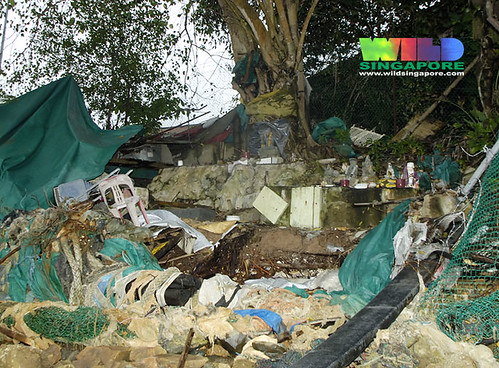
Close to where this construction work is taking place, there's some dumping of trash at Labrador. This photo was taken in December 2007, but since then, the situation hasn't improved much.

There's also chunks of concrete and wood on the shore, probably originating from the seacil project done by Singapore Polytechnic. As far as I know, some of these pieces are still sitting there and haven't been removed at all.
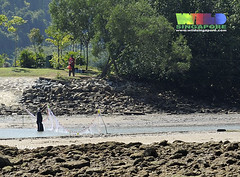
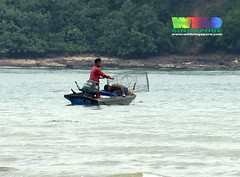
Labrador Park is popular with anglers and fishermen, and a lot of fishing, both legal and illegal, takes place in the waters around Labrador. Poaching of corals and marine fishes is also known to occur.
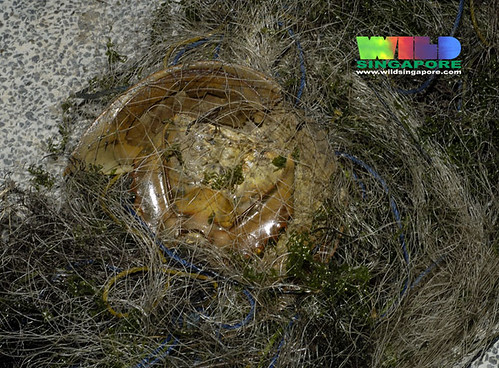
Many of the nets are discarded, and end up trapping and killing creatures like this horseshoe crab.

Over at Berlayar Creek, more debris is deposited in the form of golf balls, possibly from the nearby Keppel Club. One can only speculate how the marine life is affected. Here's a sea anemone that's surrounded by lost golf balls.

Not to mention the usual litter left behind by irresponsible park users.
Yet despite all these threats, the marine life at Labrador Park continues to survive.

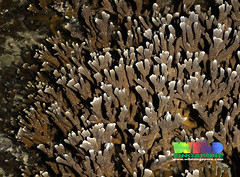
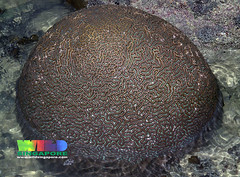

Such as these hard corals.










Many marine creatures make their home amongst the corals, seagrass and seaweeds. Click on the thumbnails to take a closer look at some of the species previously encountered at Labrador Park.
With easier access, more people will be able to visit the park and make use of its facilities. However, how many of them will be aware of the ecological value and significance of Labrador Park? How many of them will be sensitive towards this area of great natural and historical heritage, and be responsible users of the park? I dread to imagine swarms of people traipsing all over Labrador Park, carelessly trampling all over the coral and seagrass, irresponsibly picking up crabs and marine snails, and leaving litter all over the place.
The reclaimed beaches of East Coast Park do have some marine life, but they are hardly comparable to the natural shores of Labrador Park. Similarly, the planted vegetation at East Coast Park is a poor alternative to the coastal forest at Labrador. In my personal opinion, Labrador already far exceeds East Coast Park in terms of beauty and natural diversity, and the day it becomes just another East Coast Park would be a day of great tragedy and loss.
Ria recently visited Labrador, and has a collection of links on Labrador's natural beauty as well as the various threats facing Labrador Park over at the Wild Shores of Singapore blog.